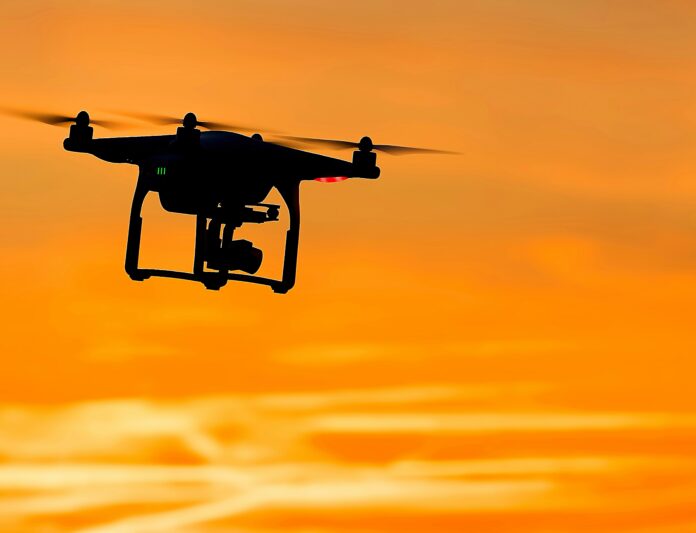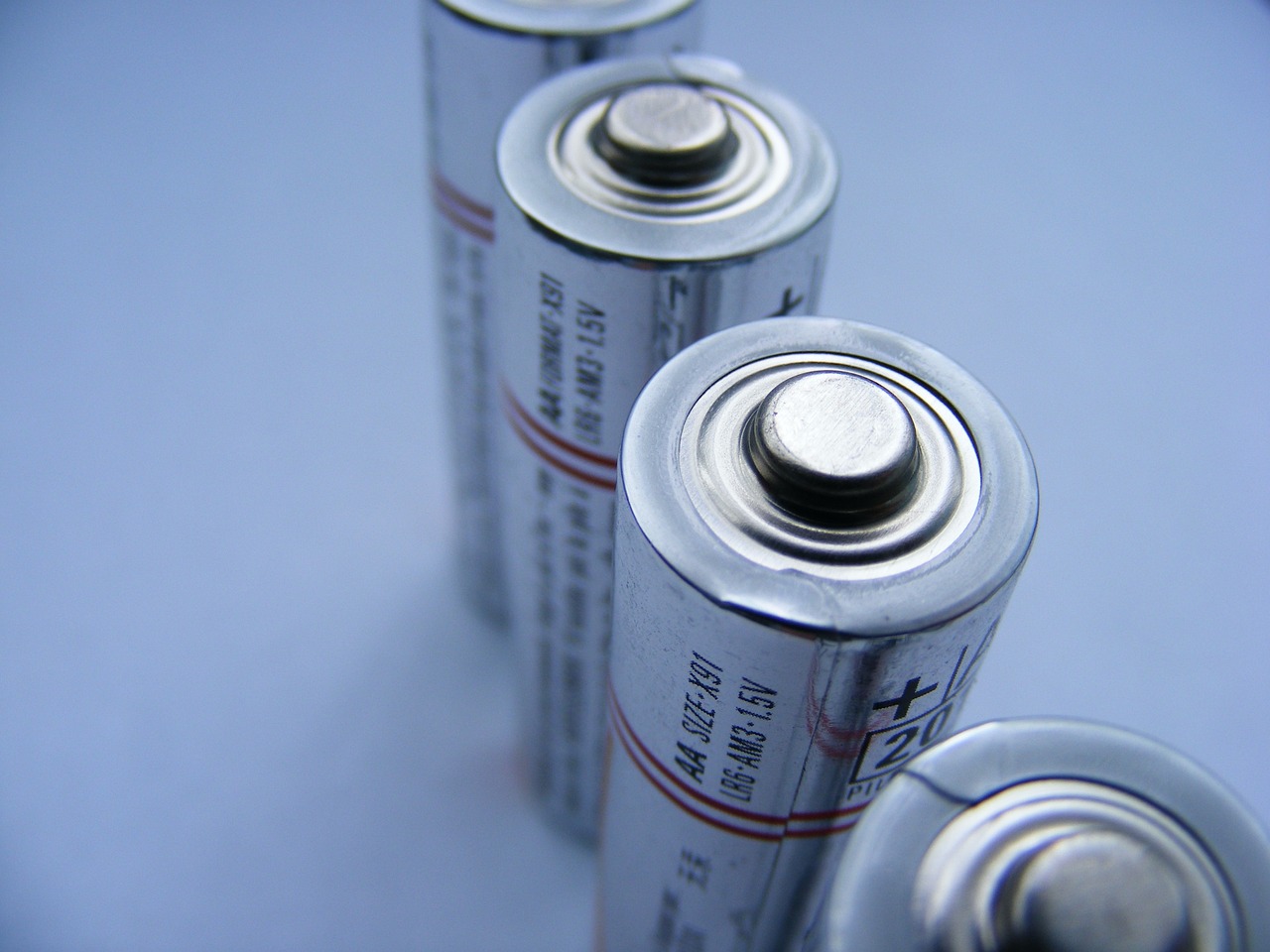This post is also available in:
 עברית (Hebrew)
עברית (Hebrew)
Scientists at the University of Southampton have developed a groundbreaking technology that could significantly extend the operational life of drones. By fitting drones with a “nervous system” made of advanced optical fibers, researchers aim to enhance drone performance, reduce maintenance costs, and increase safety—ushering in a new era for unmanned aerial vehicles (UAVs) in various industries.
The innovative system functions similarly to a biological nervous system, constantly monitoring the drone’s structure and detecting any potential issues in real time. Unlike traditional electronic systems, which rely on electricity, this optical fiber system uses light to transmit data. This design minimizes interference from radio frequencies, a common issue with conventional electronics, making it more reliable for long-duration operations, according to Interesting Engineering.
The system employs a unique optical speckle technique that produces images influenced by the signals from the optical fibers, essentially allowing the drone to “feel” its own condition and respond accordingly. AI algorithms analyze this data to monitor stresses and strains on the drone’s body, enabling ground crews to detect potential problems early—without the need for frequent pitstops and inspections. This reduces downtime and helps drones stay operational longer, cutting maintenance costs and increasing safety.
Dr. Chris Holmes and Dr. Martynas Beresna, the lead researchers at the University of Southampton’s Optoelectronics Research Centre, explained the benefits of this technology. “This system not only reduces the burden on ground crews but also ensures that drones can operate more safely and efficiently,” Dr. Beresna noted.
In recent tests, the system was fitted onto a drone developed by undergraduate students as part of their aerospace engineering projects. Toby King-Cline, a graduate leading the student team, shared his excitement about the results, explaining that the technology could change how industries use drones.
With the drone industry expected to contribute £45 billion by 2030, the team plans to commercialize the technology by 2025, offering a new way to make drones more reliable, cost-effective, and ready for a range of applications.


























